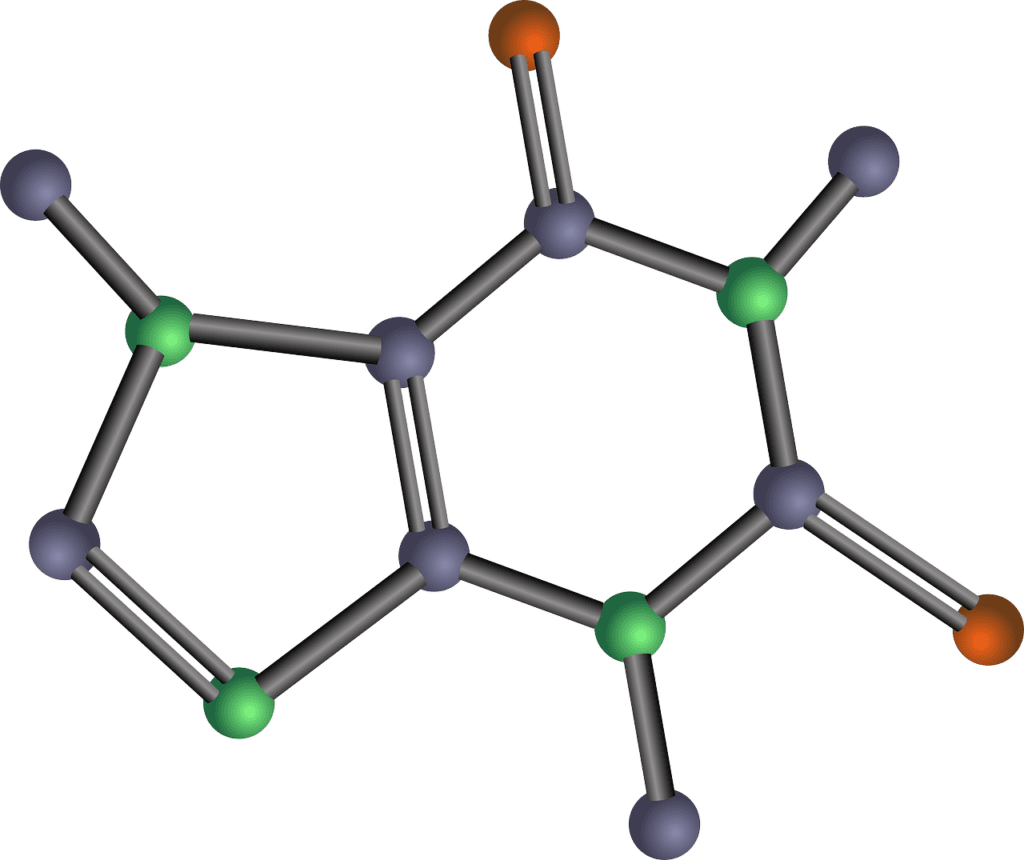
The molecular basis of inheritance explains how genetic information is passed from one generation to the next. This involves understanding DNA, RNA, and the processes of replication, transcription, and translation.
DNA Structure
DNA (Deoxyribonucleic Acid) is the hereditary material in all living organisms. It has a double helix structure composed of nucleotides, each containing a phosphate group, a sugar molecule, and a nitrogenous base (adenine, thymine, cytosine, or guanine).
DNA Replication
Replication is the process by which DNA makes a copy of itself during cell division. It involves:
- Unwinding: The double helix is unwound by the enzyme helicase.
- Base Pairing: Free nucleotides pair with the exposed bases on each strand, guided by DNA polymerase.
- Formation of New Strands: Two new complementary strands are synthesized, resulting in two identical DNA molecules.
Gene Expression
Gene expression involves transcription and translation:
- Transcription: DNA is transcribed into mRNA (messenger RNA) in the nucleus. RNA polymerase reads the DNA strand and synthesizes mRNA.
- Translation: mRNA is translated into a protein at the ribosome. tRNA (transfer RNA) brings amino acids to the ribosome, where they are assembled into proteins based on the mRNA sequence.
Regulation of Gene Expression
Gene expression is regulated to ensure proteins are produced at the right time and place. Mechanisms include:
- Operons: In prokaryotes, operons are clusters of genes regulated together (e.g., lac operon).
- Transcription Factors: In eukaryotes, these proteins bind to DNA and influence the rate of transcription.
Genetic Disorders
Genetic disorders can arise from mutations in DNA:
- Single-Gene Disorders: Caused by mutations in a single gene (e.g., cystic fibrosis).
- Chromosomal Disorders: Result from abnormalities in chromosome number or structure (e.g., Down syndrome).
Conclusion
Understanding the molecular basis of inheritance is crucial for NEET aspirants. Mastering DNA structure, replication, gene expression, and regulation provides a solid foundation for further studies in genetics and molecular biology.
FAQs
What is the role of DNA polymerase in replication? DNA polymerase adds nucleotides to the growing DNA strand during replication.
What are the base pairing rules in DNA? Adenine pairs with thymine, and cytosine pairs with guanine.
How is mRNA translated into protein? mRNA is translated into protein by ribosomes, with tRNA bringing the appropriate amino acids to form the polypeptide chain.
